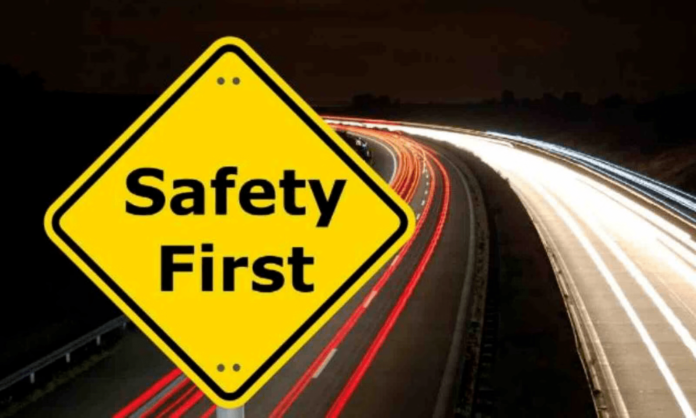Introduction
India is one of the fastest-growing economies in the world, but with its development comes the problem of road safety. According to the World Health Organization, India has the highest number of road accident fatalities in the world, with over 150,000 people killed in road accidents every year. Road accidents not only cause loss of life but also lead to economic losses for the country. This is where the role of Traffic and Road Safety NGOs becomes critical in India.
Section 1: Understanding the Traffic Problem in India
India is home to over 1.3 billion people, and the number of vehicles on its roads has increased rapidly in recent years. With limited infrastructure, growing population, and lack of awareness, India’s traffic problem has worsened. One of the significant factors contributing to traffic congestion in India is the lack of proper road design and infrastructure. Additionally, the high volume of vehicles on the road and a lack of proper driver training has led to increased accidents and fatalities.
Section 2: The Role of Traffic and Road Safety NGOs
Traffic and Road Safety NGOs play a crucial role in promoting awareness and implementing solutions to improve road safety. NGOs work closely with the government and other stakeholders to identify problems and find innovative solutions. These organizations raise awareness about road safety through campaigns, workshops, and events. They also work on creating effective policies and regulations to address road safety issues.
Traffic and Road Safety NGOs in India have initiated a range of programs to promote road safety. They work on improving the quality of roads, including designing and maintaining roads, installing traffic signals and signs, and implementing measures to regulate traffic. Many NGOs also provide driver training programs to ensure that drivers are aware of traffic rules and are equipped to handle emergencies.
Section 3: Impact and Success Stories
Several traffic and road safety NGOs in India have successfully implemented programs that have led to a reduction in road accidents and fatalities. Successful program is the “Helmet Campaign,” which aims to encourage two-wheeler riders to wear helmets while driving. Through this program, NGOs have been able to increase awareness about the importance of helmets, and encourage more people to wear them. This initiative has led to a significant reduction in head injuries and fatalities due to road accidents.
Section 4: Challenges and Future Outlook
While traffic and road safety NGOs in India have been successful in promoting road safety, they face several challenges. These challenges include a lack of funding, limited resources, and limited public participation. NGOs need more financial and institutional support to continue their programs and initiatives effectively. Furthermore, there is a need for greater collaboration between NGOs, the government, and other stakeholders to create more comprehensive solutions to improve road safety.
Conclusion
Traffic and road safety NGOs play a critical role in promoting road safety in India. With their efforts, they have been able to create awareness, implement effective programs, and make a significant impact on reducing road accidents and fatalities. However, there is still a need for greater support and participation from all stakeholders to make India’s roads safer.
